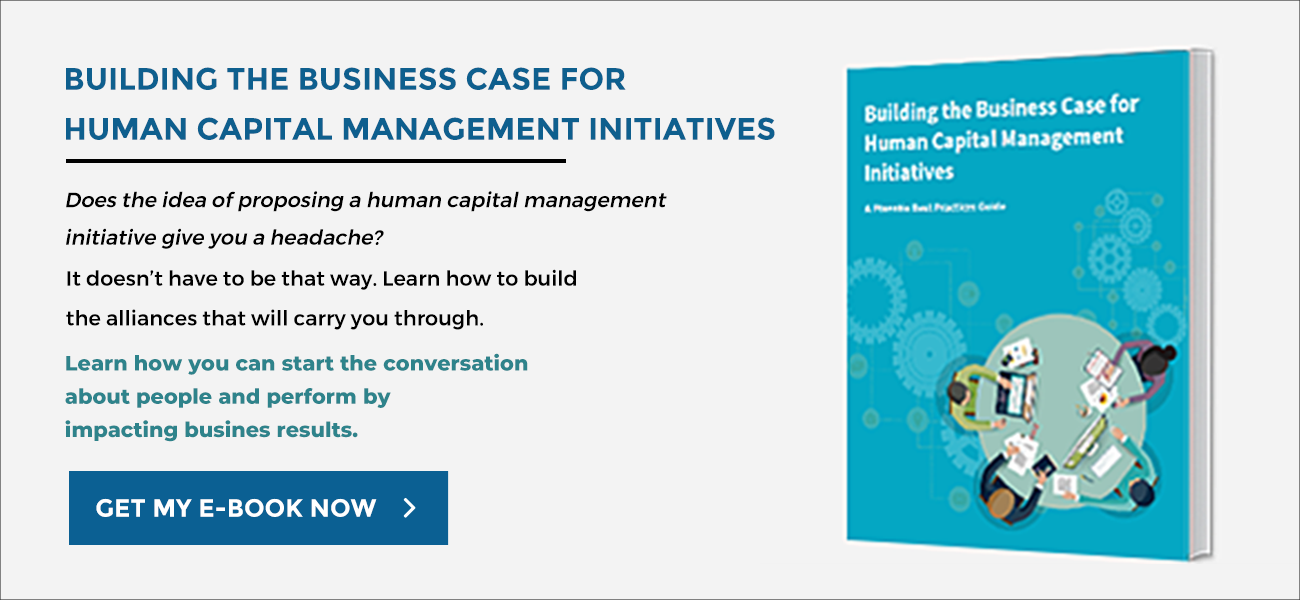
“Don’t interview software engineers. Software engineers come in bodies that don’t talk. Ask them to show you their work.”
That advice came from a recruiting executive in the technology industry. Her point was that software engineers can be difficult to draw out, but when you ask them about the problems they have solved, they can light up the room.
How Are IT Professionals Different?
When we analyze human capital management in the technology industry, we find many similarities with other sectors. The management, administrative, finance, human resources, and customer service roles are much the same across many industries. But when we narrow our scope down to the people who create, implement, and maintain technology solutions, we get a much different perspective and a distinct set of characteristics.
Here’s our unscientific opinion of the common traits of the geeks in our industry, they are:
- personable and friendly, but can be combative when their ideas are challenged,
- driven to work on a problem until it is solved, or they become so sleep-deprived and malnourished they can’t go on,
- Highly intelligent, and prone to be impatient with those who can’t think on their level, and
- distracted and uncommunicative when they are working on a problem.
Looking for a more scientific approach, we reviewed a meta-analysis by researchers at the University of Tennessee, Knoxville. At first, they led us in a different direction.
The researchers found information technology professionals to be both more agreeable and tough-minded than the general population. Those two characteristics may seem to be opposites, but the researchers found they fit the occupation well. IT professionals are engaged in problem-solving work that requires them to be detached and analytical -- willing to make hard decisions, but they need to be agreeable enough to work with people just like them.[1]
Those positives are only two of the nine characteristics the UTK evaluated. In the other seven, IT professionals scored lower. Take a look at these findings.
- Conscientiousness. The occupation demands discipline and attention to detail, but it also requires non-routine, creative problem-solving, which is associated with less conscientious types.
- Emotional Stability. The researchers had little to say about this, but it could be a contributor to high turnover.
- Extraversion. Sixty-seven percent of IT professionals are introverts, nearly three times the ratio in the general population.
- Assertiveness. We have little information on this, but we have found some IT professionals to be acquiescent even when they disagree.
- Optimism. This is a strength. The best developers are pessimistic, anticipating what could go wrong and understanding that their diligence in finding failure points will bring them overall success.
- Work Drive. We are undecided on this characteristic. The researchers assert it results from the occupational mantra to work smarter, not harder.
- Customer Service Orientation. We see this as only an extension of the tendency toward introversion.
Things get more interesting when professionals move into supervision. For example, introverted, unassertive people tend to use position power when things get difficult. That can be a problem in any situation, but it is toxic in an environment that respects expertise above all else.
The question for HCM leaders is how to engage information technology professionals as end users, especially when they see themselves as the primary value creators in their organization and experts in what HR wants to do for them.
Tech Professionals as End Users
How do HCM professionals support management of a population that knows, or assumes they know, more than they do about the technology?
- First, make your IT people a part of the solution. Seek their input at the beginning of the project and continue the dialog throughout the project and beyond. We recommend a wiki or social media platform where they can voice their opinions. Monitor the chatter and respond to it. Collect their ideas and submit their suggestions to your vendor. Keep them informed of the vendor’s response.
- Expect criticism. Highly intelligent problem-solvers will be critical about how others solved problems. Manage their expectations by explaining that the solution is for everyone in the organization, not just the experts.
- Invest in the user experience. IT professionals will be critical of a sub-optimal interface, and they may tend to assume the entire platform is flawed.
- Install the right solutions. Include their needs for project management, resource management, time tracking and expense management, and analytics in your discussions. Many HCM platforms have these capabilities, but if they don’t, talk with your IT team about integrations to reduce their administrative workload.
- Pay attention to their need for technical up-skilling. The value of IT professionals’ skills declines unless they seize the opportunity to learn new technology. Embed learning in the culture, create expectations around learning and reward those who stay on top of the technology curve.
- Provide more than generic leadership development. Leaders in IT need to know how to handle the unique challenges of managing tech workers and how to build credibility in the expert community.[2]
Bring Your Contractors Inside
A large segment of the tech industry is independent contractors, many of whom will have a long-term relationship with your company. While you need to maintain a strict separation between contractor and employee relationships, your contractors need to be invested in your success. Bring them into the culture, build trust, and give them the opportunity to reach their goals.
In your HCM implementation, you will need to include them in knowledge management. You may also want to provide a time tracking application integrated with Finance, and use your onboarding application to bring them up to speed on policies and procedures.
To get some unique insight into the contractor relationship, we talked with Jim Newman, President and CEO of HRIZONS, LLC, an SAP Gold Partner and winner of the CITI Smarter Worklife Challenge. Jim operates a virtual company, implementing SAP core HR and talent management solutions and niche cloud HCM applications. HRIZONS relies on contractors to augment and enhance his core team of consultants to meet the ebb and flow of project needs and skills gaps for technical and consulting work.
Newman says that although the skill sets his company requires can be scarce at times, HRIZONS meets its needs by making the company’s reputation a magnet for talent, employees and contractors. Jim says trust is the key ingredient in the relationship, and he brings his contractors into the culture inviting them to company meetings and providing access to documentation and training. Although responsibility for skills remains with the contractors, HRIZONS will co-invest in training when it further mutual objectives.
Summary
When you are implementing human capital management in your industry, your engineers, programmers, technicians, and consultants can become a part of the solution. They will be if you include them in the business conversation.
References:
1. Lounsbury, John W., Eric Sundstrom, Jacob J. Levy, and Lucy W. Gibson. "Distinctive Personality Traits of Information Technology Professionals." CIS Computer and Information Science 7, no. 3 (2014).
2. Rapoza, Jim. "The Challenge of Managing Tech Workers." EWeek. January 2, 2006.
Pixentia is a full-service technology company dedicated to helping clients solve business problems, improve the capability of their people, and achieve better results.


